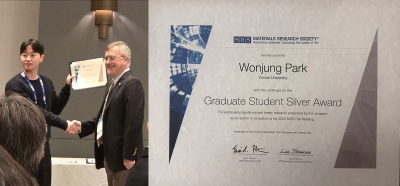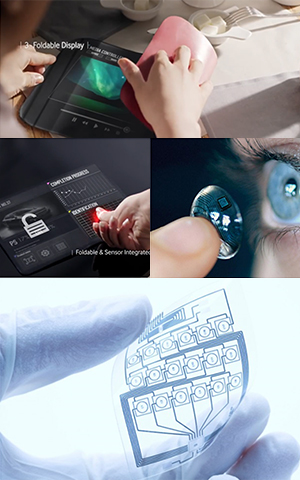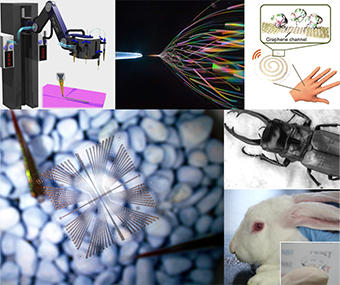Liquid metal based three-dimensional microelectrode arrays integrated with implantable ultrathin retinal prosthesis for vision restoration
Electronic retinal prostheses for stimulating retinal neurons are promising for vision restoration. However, the rigid electrodes of conventional retinal implants can inflict damage on the soft retina tissue. They also ...
Read the Full Story
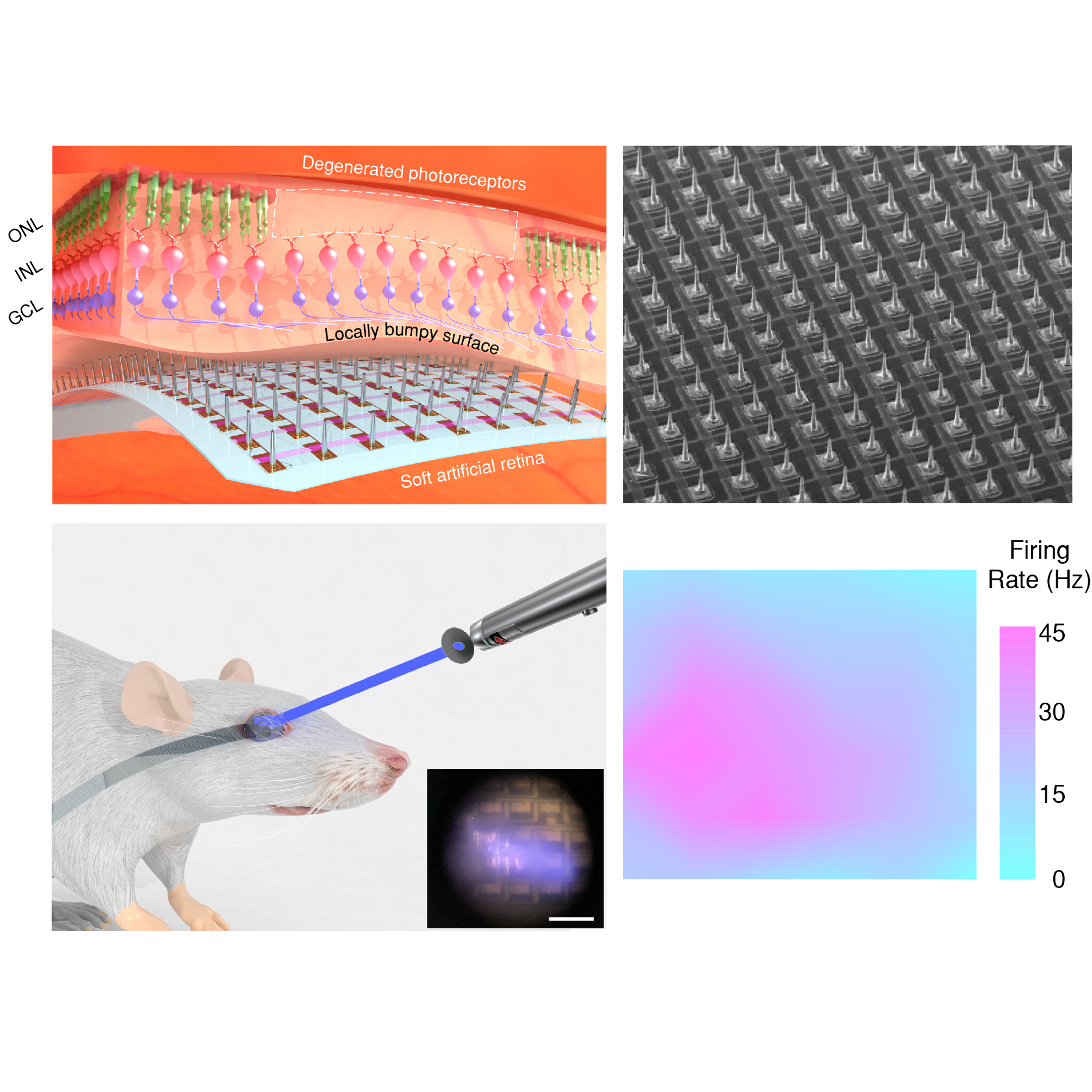
In-depth correlation analysis between tear glucose and blood glucose using a wireless smart contact lens
Tears have emerged as a promising alternative to blood for diagnosing diabetes. Despite increasing attempts to measure tear glucose using smart contact lenses, the controversy surrounding the correlation between tear glu...
Read the Full Story
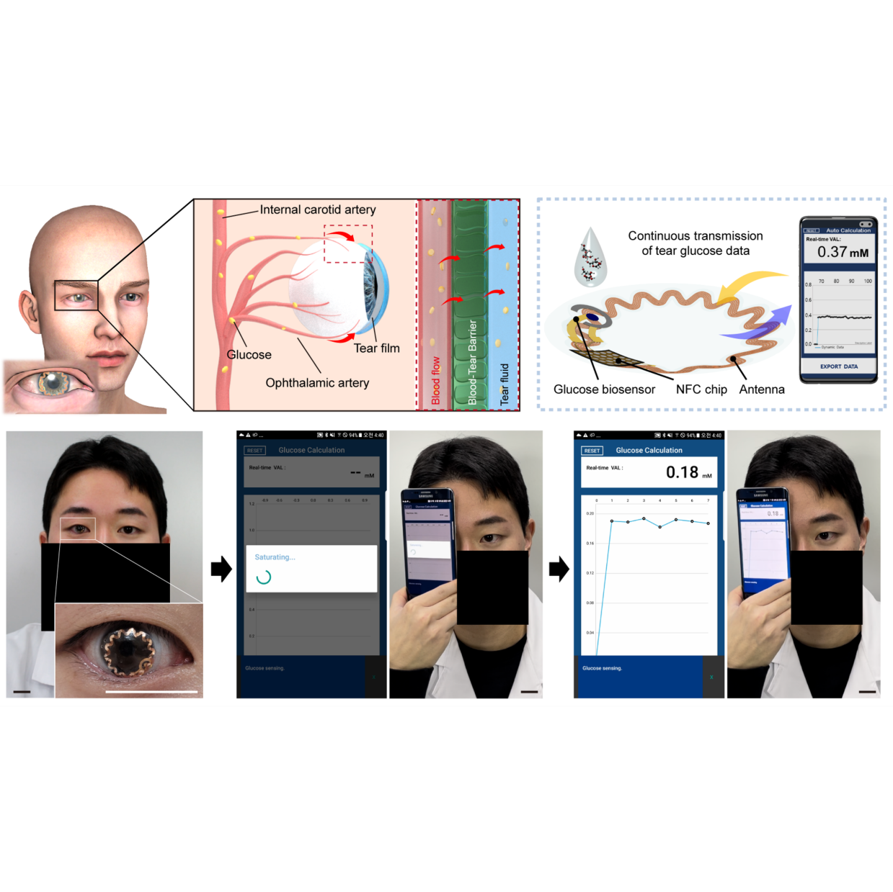
In-vivo integration of soft neural probes through high-resolution printing of liquid electronics on the cranium
Current soft neural probes are still operated by bulky, rigid electronics mounted to a body, which deteriorate the integrity of the device to biological systems and restrict the free behavior of a subject. We report a so...
Read the Full Story
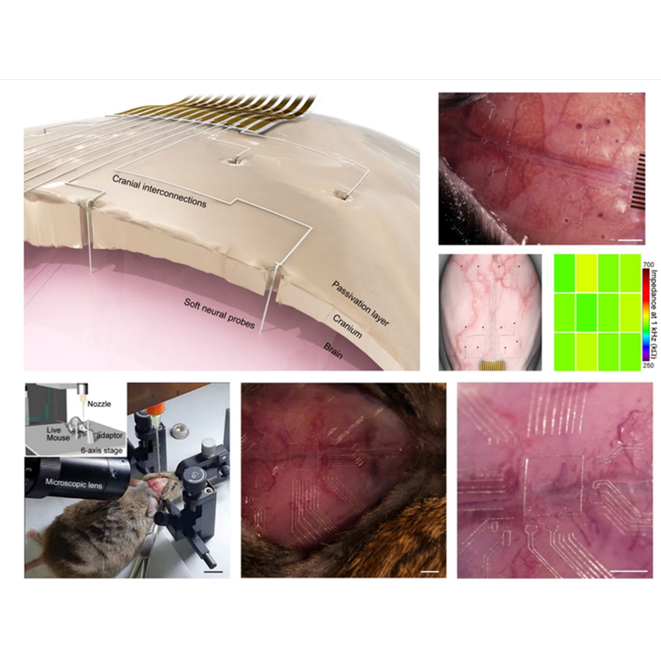
Magnetically reshapable 3D multi-electrode arrays of liquid metals for electrophysiological analysis of brain organoids
To comprehend the volumetric neural connectivity of a brain organoid, it is crucial to monitor the spatiotemporal electrophysiological signals within the organoid, known as intra-organoid signals. However, previous metho...
Read the Full Story
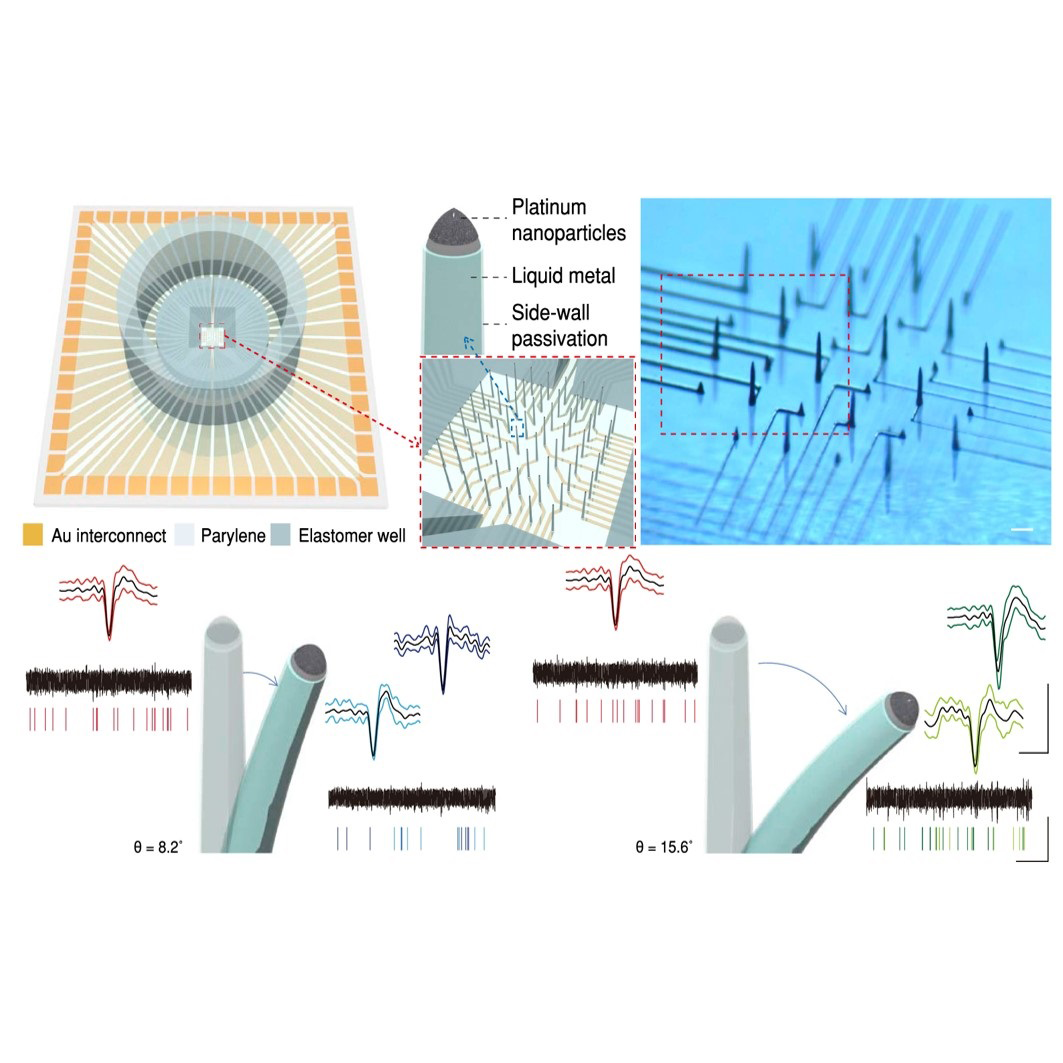
Interference haptic stimulation and consistent quantitative tactility in transparent electrotactile screen with pressure-sensitive transistors
Integrating tactile feedback through haptic interfaces enhances experiences in virtual and augmented reality. However, electrotactile systems, which stimulate mechanoreceptors directly, often yield inconsistent tactile r...
Read the Full Story
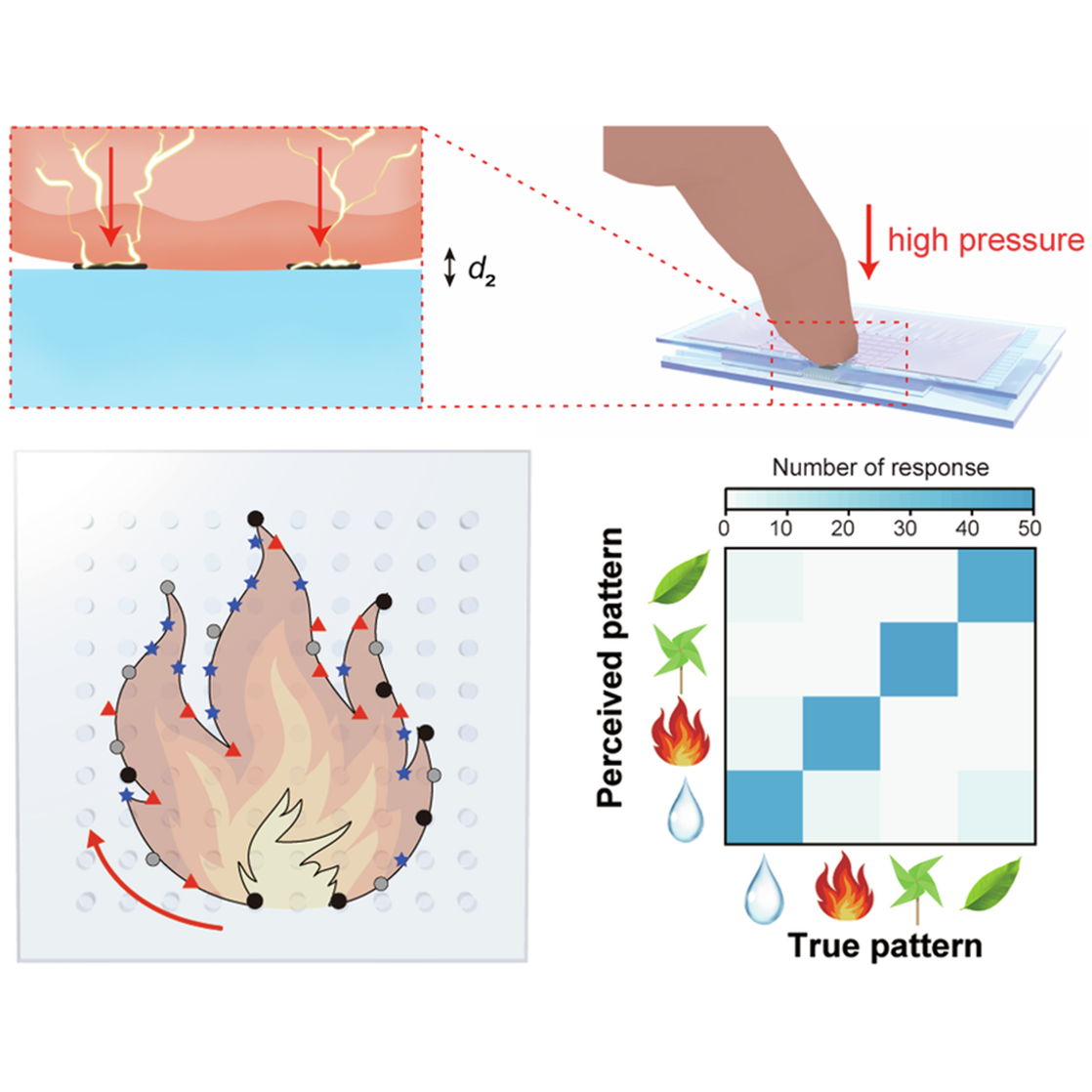
Real-time in vivo monitoring of intraocular pressure distribution in the anterior chamber and vitreous chamber for diagnosis of glaucoma
Glaucoma causes irreversible vision loss due to optic nerve damage and retinal cell degeneration. Since high intraocular pressure (IOP) is a major risk factor for glaucoma development, accurate IOP measurement is crucial...
Read the Full Story
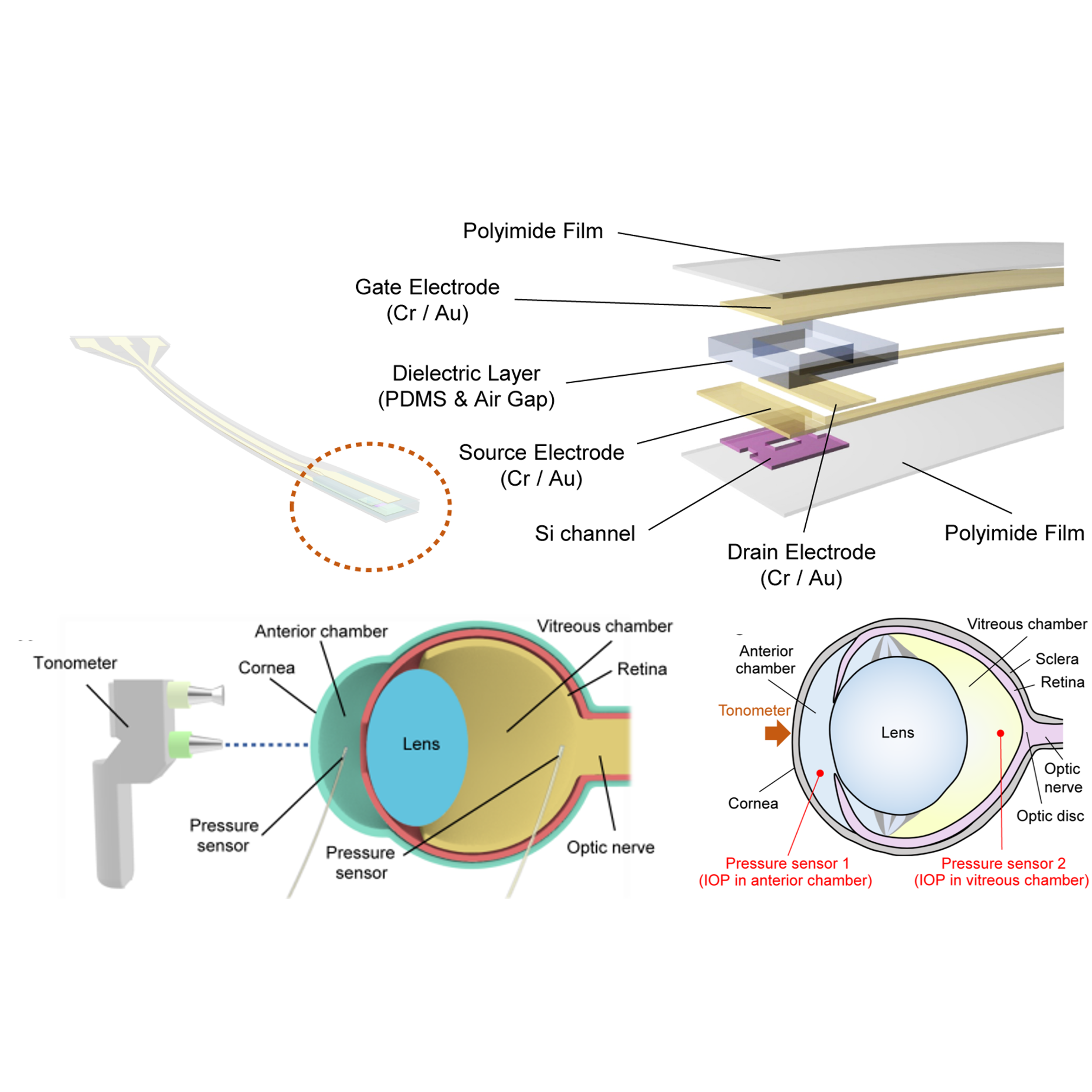
Power-integrated, wireless neural recording systems on the cranium using a direct printing method for deep-brain analysis
Conventional power-integrated wireless neural recording devices suffer from bulky, rigid batteries in head-mounted configurations, hindering the precise interpretation of the subject’s natural behaviors. These power so...
Read the Full Story
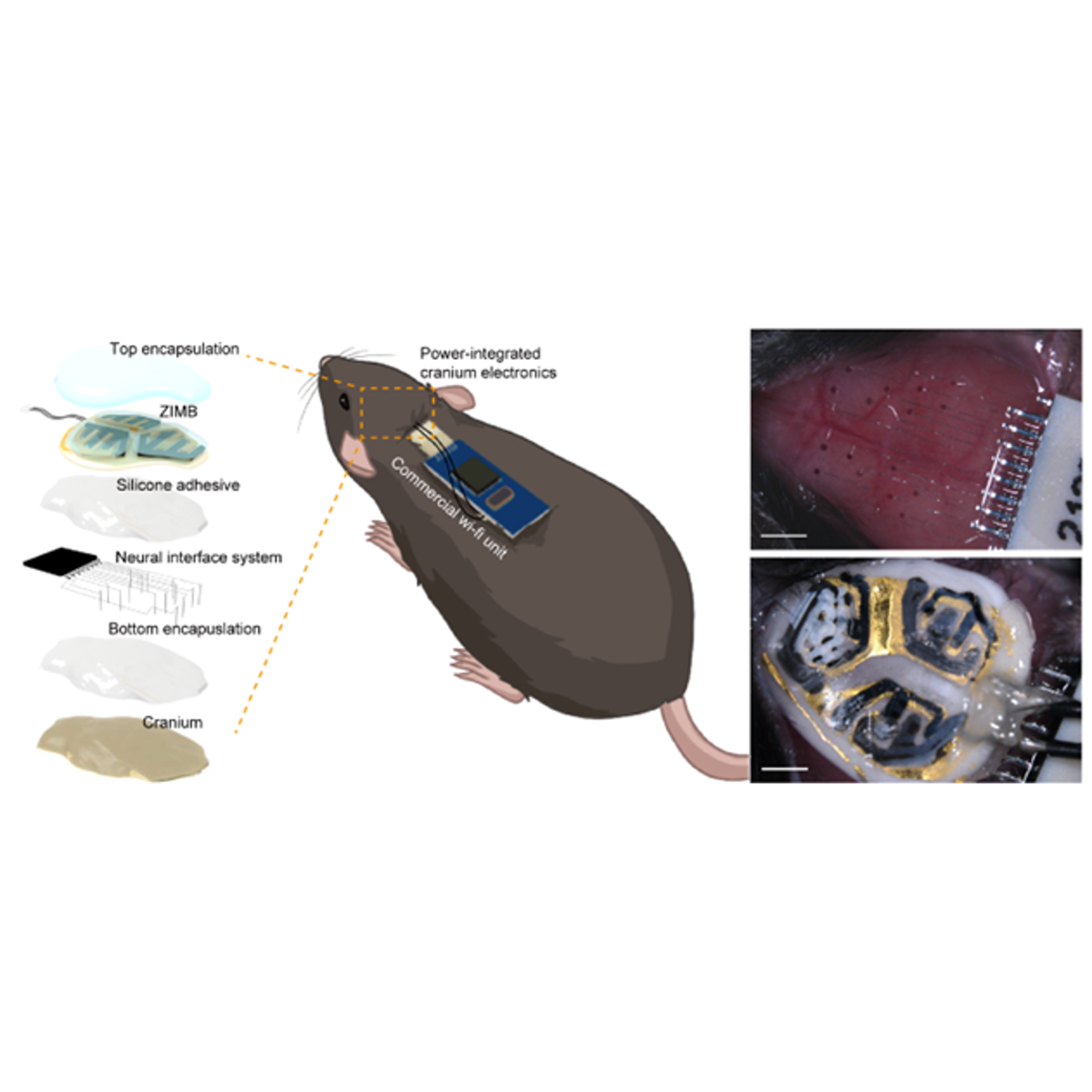
Smart Contact Lenses as Wearable Ophthalmic Devices for Disease Monitoring and Health Management
The eye contains a complex network of physiological information and biomarkers for monitoring disease and managing health, and ocular devices can be used to effectively perform point-of-care diagnosis and disease managem...
Read the Full Story
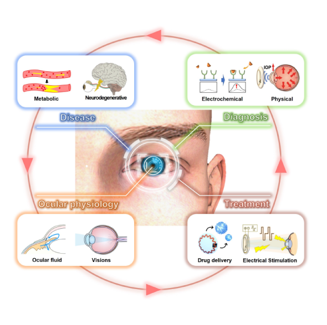
In situ diagnosis and simultaneous treatment of cardiac diseases using a single-device platform
The in situ diagnosis of cardiac activities with simultaneous therapeutic electrical stimulation of the heart is key to preventing cardiac arrhythmia. Here, we present an unconventional single-device platform that enable...
Read the Full Story
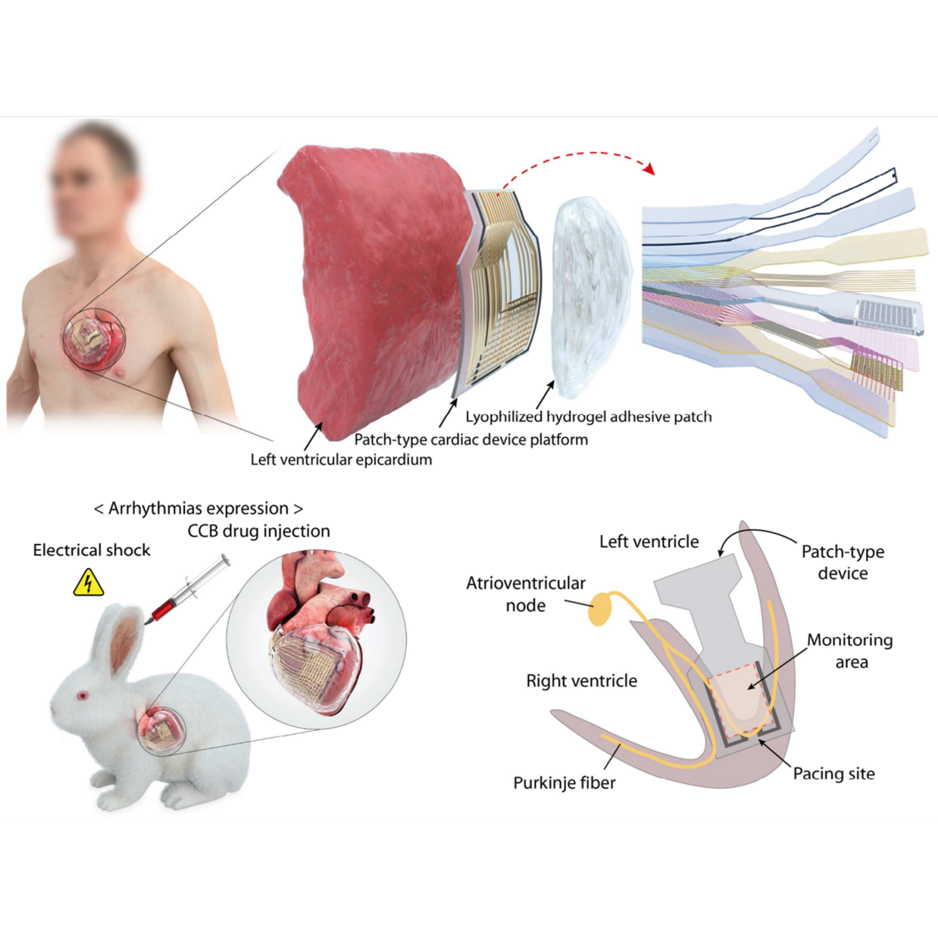
A soft and transparent contact lens for the wireless quantitative monitoring of intraocular pressure
Continuous detection of raised intraocular pressure (IOP) could benefit the monitoring of patients with glaucoma. Current contact lenses with embedded sensors for measuring IOP are rigid, bulky, partially block vision or...
Read the Full Story
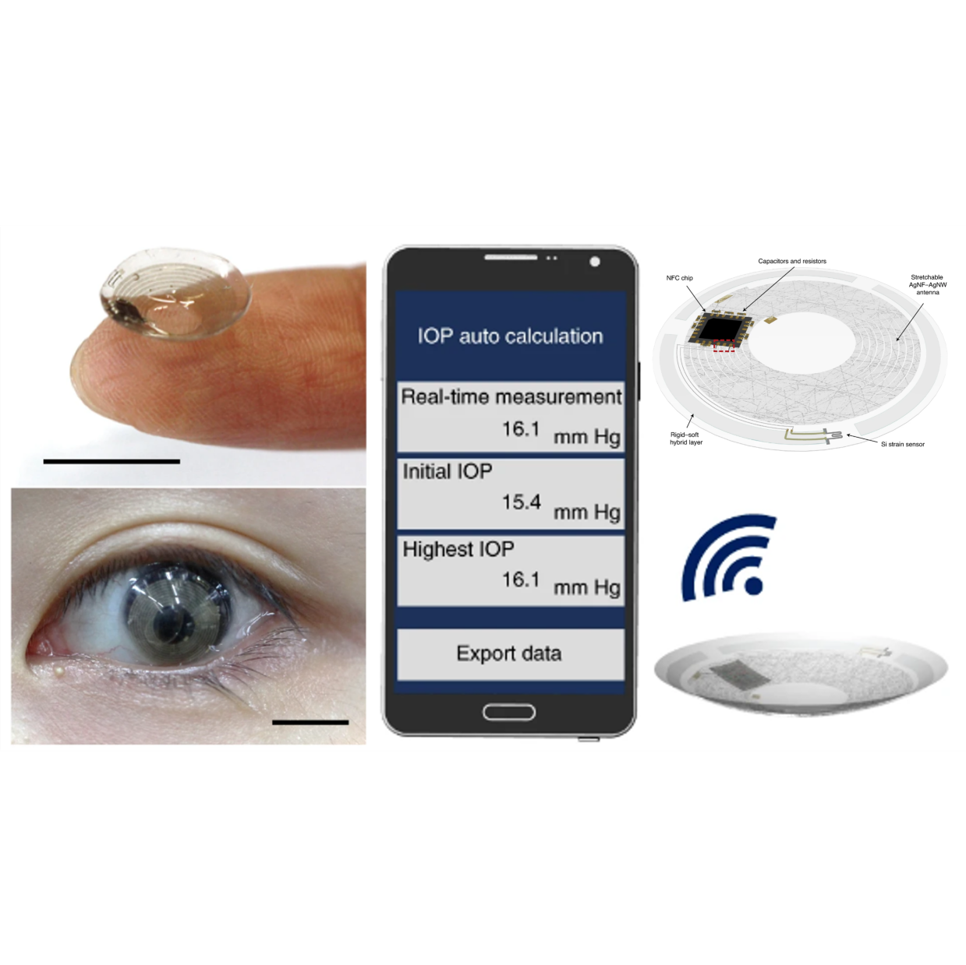

![[2025] MRS 2025 Fall meeting in Boston](/uploaded/board/news/t_7cd2da807f58bc9a8276a73e5239992b0.jpg)
